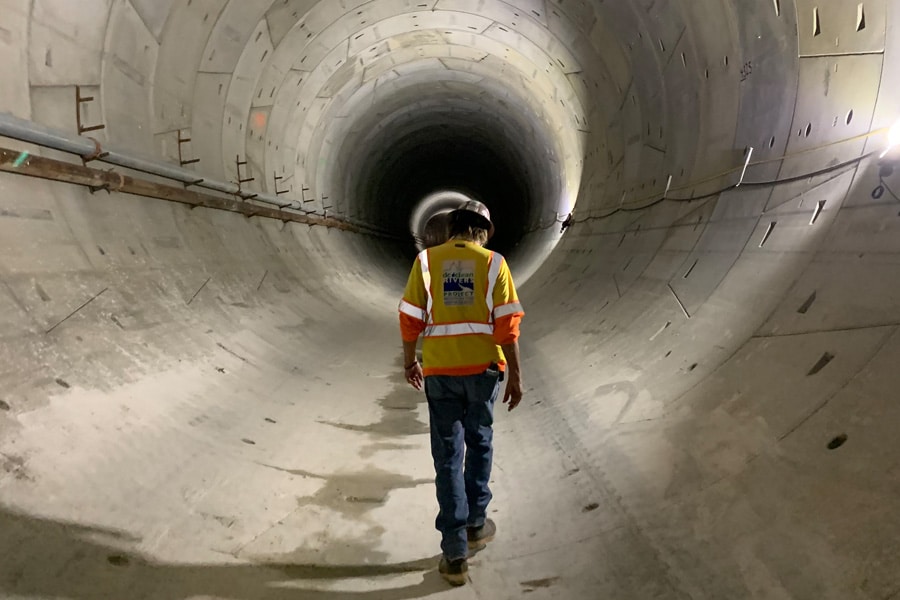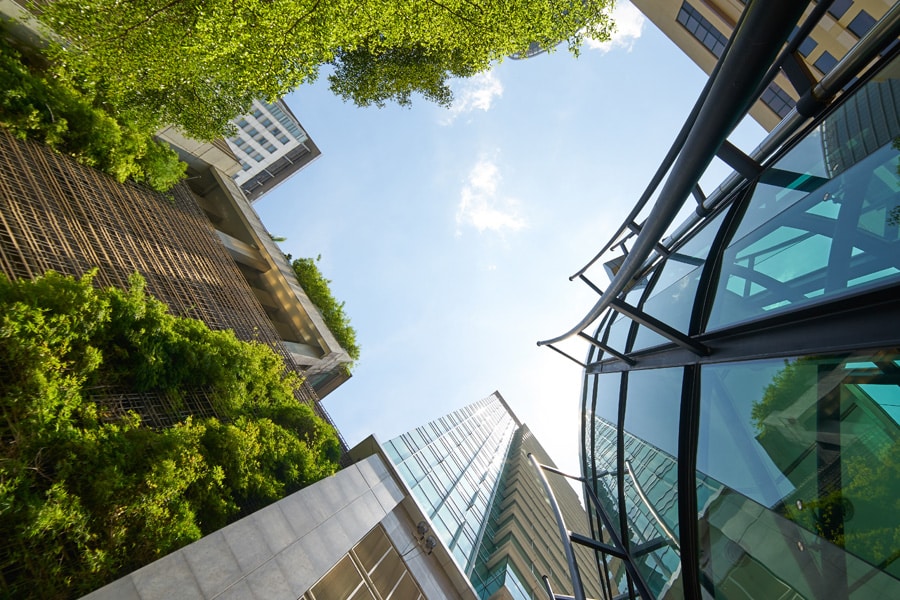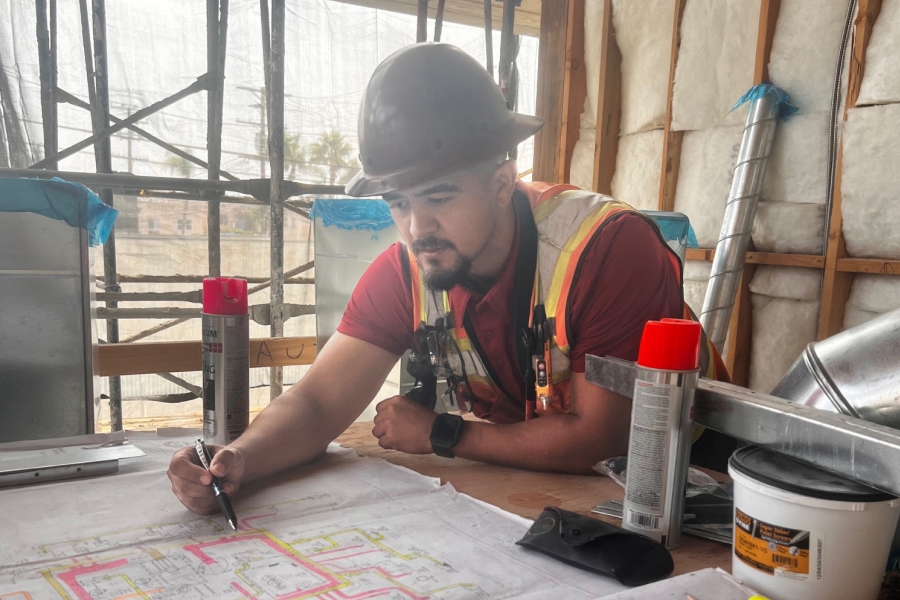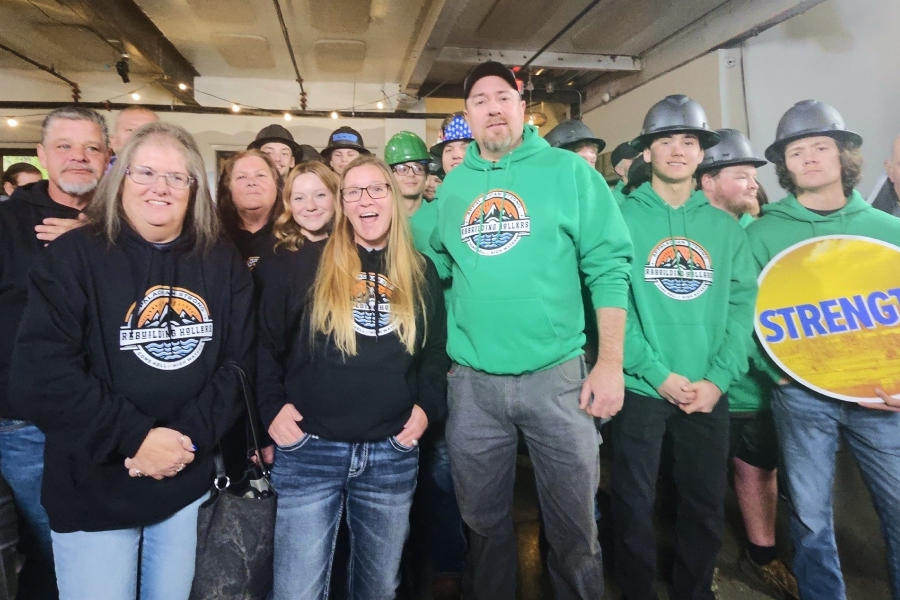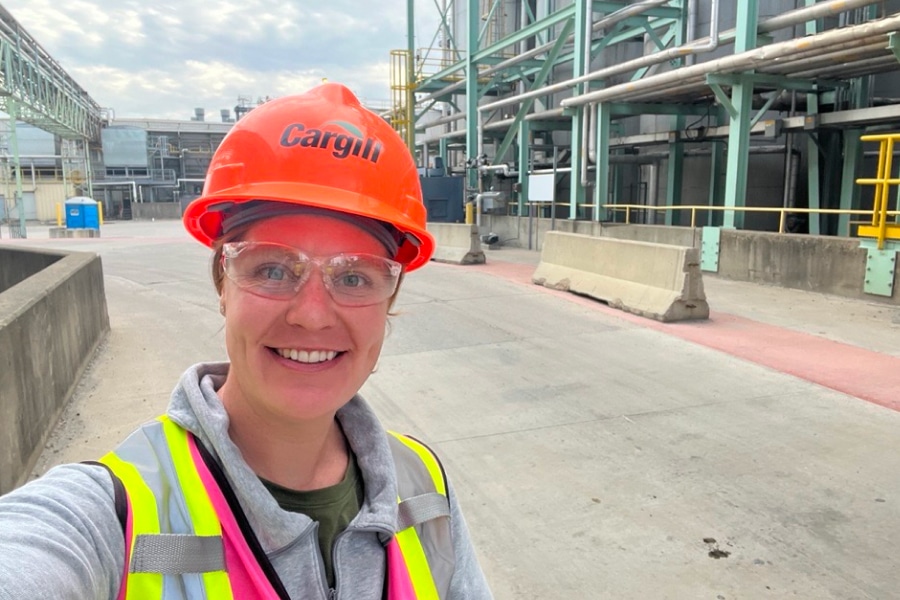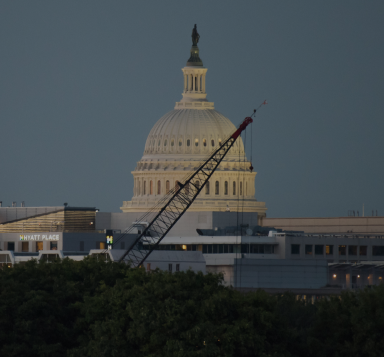Founded in the summer of 1790, Washington, D.C., has the distinction of being America’s most extensively planned city. Because it was intended to be the nation’s capital, every aspect of the city—from those wide boulevards offering views of the many monuments to the wide green spaces of the National Mall—was carefully coordinated and engineered to last.
But nearly 250 years later, that meticulously built infrastructure needs an update, particularly its sewer system. Built spoke to Hadiah Jordan, the city’s senior public outreach coordinator, about ongoing efforts to update the more than 125-year-old sewer system—all without interrupting essential services for the roughly 672,000 people who call the district home.
A much-needed update
Like most cities, Washington, D.C., deals with the challenges of making a patchwork of aging infrastructure functional.
“The challenges facing the district are not that different from those facing other older cities,” Jordan said. “Most of the water and sewer infrastructure was constructed many years ago, with the average age for sewers in the range of more than 70 years. The challenge facing us is the reinvestment needed to rehabilitate and replace aging infrastructure in a cost-effective manner without excessive disruption to customers and the city.”
When Jordan says that the Washington sewer system was constructed many years ago, she means it. “Portions of the sewer system from the late 1800s and early 1900s are still in service,” she said. “These are primarily in portions of the district that were developed first such as downtown, Georgetown and Fort Stanton.”
With these ancient sewer lines supplying some of the city’s most crowded and active districts, it was time for a much-needed update. But changing environmental conditions, including shifting rainfall patterns and an overall increase in nuisance flooding throughout the city, meant that the district also needed to plan for greater levels of throughflow in an increasingly damp climate.
Reimagining an old system
While aging pipes and crumbling mainlines are one reason to be concerned about an aging sewer system, Jordan also said that the city’s increased population presented challenges for a water management infrastructure designed with a much smaller number of people in mind.
“In about one-third of the district, there is one sewer in the street that handles both wastewater from homes and businesses and stormwater runoff,” she said. “In dry weather, the system conveys flows to the Blue Plains Wastewater Treatment Plant.”
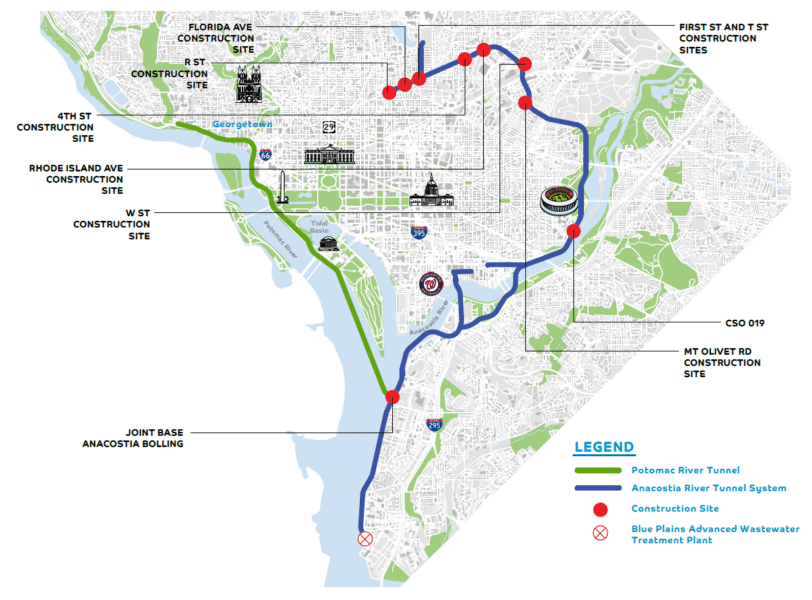
But when the rain starts, all bets are off. “In wet weather, the runoff from rain events can exceed the capacity of the system and the excess flow, which is a mixture of sanitary wastewater and stormwater, called CSO or combined sewer overflow, is discharged to the receiving waters to prevent flooding,” Jordan said. “The Northeast Boundary Tunnel, in conjunction with other tunnels, is designed to capture this overflow and convey it to the treatment plant.”
One component of DC Water’s greater Clean Rivers Project, the Northeast Boundary Tunnel (NEBT), is a new tunnel system designed to control combined sewer overflows to the Anacostia River, Potomac River and Rock Creek. And with experts predicting an increase in rainfall during spring and winters, along with increased temperatures drying soil, flooding will likely be a cause of concern in upcoming decades.
Jordan said the NEBT is designed to address those concerns, preventing the damage caused by increased flooding. “The NEBT, in combination with other parts of the Clean Rivers Project, will reduce combined sewer overflow volume to the Anacostia River by 98% in an average year of rainfall,” she said.
“In addition to controlling CSOs, the NEBT is designed to mitigate flooding at specific chronic areas in the Bloomingdale and LeDroit Park neighborhoods, at the Rhode Island Metro Station area and on Mount Olivet Road NE. In those chronic areas, the tunnel brings up the capacity of the system to a 15-year, 24-hour storm, which is the current design standard for the system.”
Jordan said that although the challenges of shifting rainfall patterns and a growing population mean that these updates are more essential than ever, they’ve been needed for a long time.
“This portion of the district’s sewer system was constructed by the federal government in the late 1800s, early 1900s and was undersized from the inception,” she said. The city hopes these updates will bring it up to date.
Enabling continuous service
It’s clear that these updates are essential—but how can the city achieve them without interrupting vital services to the hundreds of thousands of residents who depend on them?
“One of the primary challenges we face is constructing such a large project in a dense urban area,” Jordan said. “The city must continue to function while the project is underway, and it was imperative to develop means, methods and construction lay-down areas to minimize impacts to residents and businesses.”
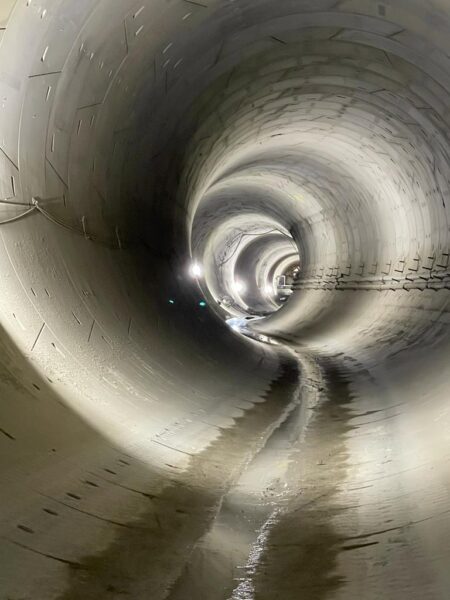
Jordan said the city was careful to prioritize the daily experience of residents as they entered the planning stages.
“Things like working hours, haul routes, maintaining traffic, noise and vibration, and other quality-of-life issues all needed to be considered and planned out as part of the project,” she said. “The vibrant nature of the city and the need to construct it out in public space was one of the most significant challenges that was successfully overcome to construct the project.”
During the 2018 Utility Relocation Project, Jordan said, “DC Water relocated existing water, sewer, gas, electric and communication services at pivotal points along the tunnel alignment. The relocation of these services minimized the interruption of critical utility services to residents during tunnel construction.”
By rerouting these essential services, the city was able to effectively minimize disruption.
So far, Jordan said the updates have been a runaway success. “From March 20, 2018, through January 31, 2024, the system has performed exceptionally well, capturing more than 16 billion gallons of CSO and removing more than 10,000 tons of trash and debris, preventing it from being discharged to the Anacostia River,” she said.

